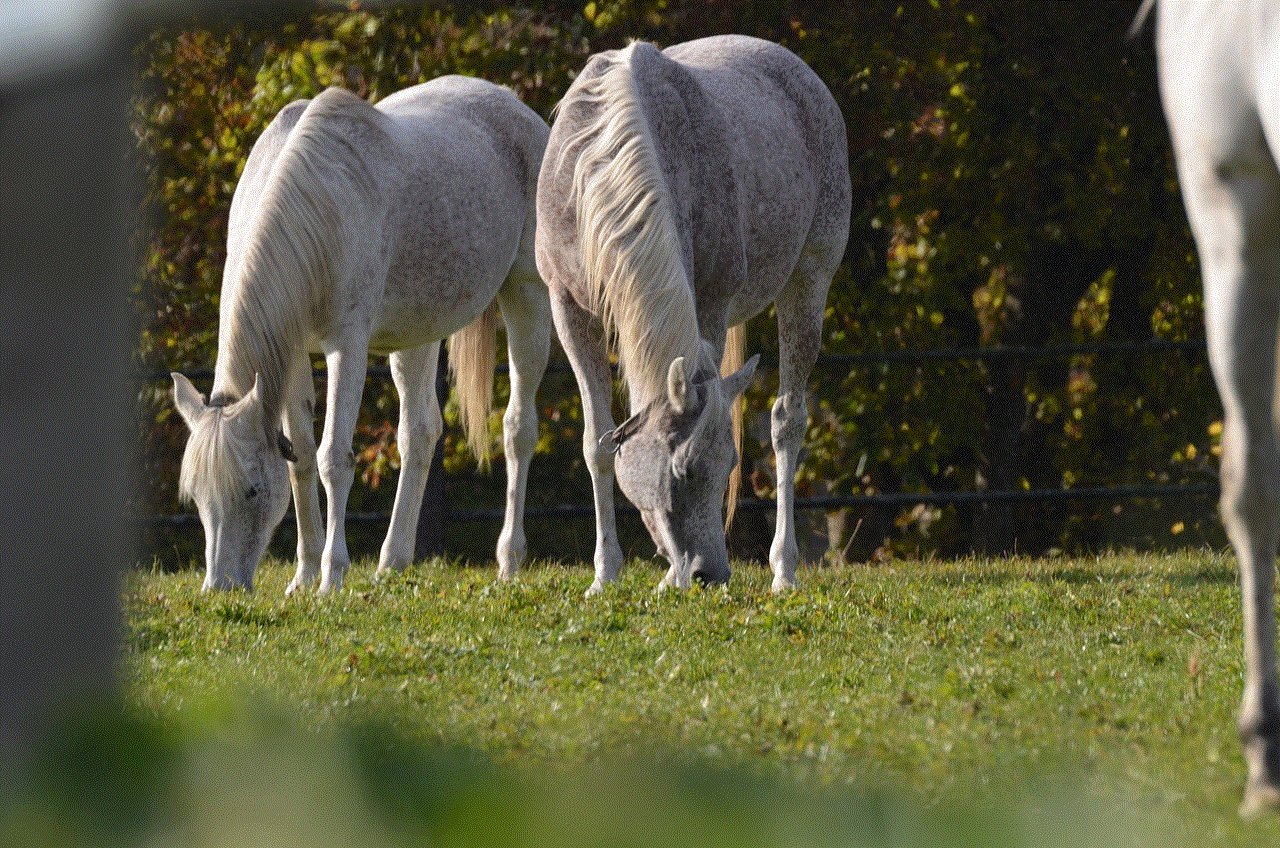funny elf hiding places
Title: Fun and Quirky Elf Hiding Places: Unleashing the Playful Spirit of Christmas
Introduction:
As the holiday season approaches, the mischievous presence of elves becomes a delightful tradition in many households. These enchanting creatures bring joy and laughter to both children and adults alike. One of the most exciting aspects of having an elf around is discovering their clever hiding places each morning. In this article, we will explore a plethora of funny and unique elf hiding places, providing inspiration for families to create unforgettable memories during the festive season.
1. The Cereal Box Surprise:
Imagine the surprise on your child’s face when they reach for their favorite cereal, only to find their mischievous elf hiding inside the box! This hiding place is sure to create a morning filled with laughter and excitement, setting a jovial tone for the day ahead.
2. The Upside-Down Adventure:
Elves love to defy gravity and create a sense of wonder. Hanging from the ceiling or doorframe, your elf can be discovered dangling upside down, appearing as if they’re engaged in an exciting acrobatic feat. This unexpected hiding place is sure to bring a smile to anyone who discovers the mischievous elf.
3. The Toy Tea Party:
Why not let your elf join in on the fun with your child’s toys? Arrange a mini tea party with stuffed animals or action figures, and place the elf in the middle as the honorary guest. This creative hiding place will undoubtedly spark imaginative play and encourage your child to engage in joyful storytelling.
4. The Funky Fridge Hideout:
A favorite spot for many elves is inside the refrigerator. Imagine your child’s surprise when they reach for a snack and discover their elf chilling amongst the food items! Add some small props, like a miniature beach chair or a pair of sunglasses, to enhance the whimsical effect.
5. The Christmas Tree Surprise:
The Christmas tree provides an excellent opportunity for elves to blend in, hiding amongst the ornaments and twinkling lights. Position your elf in a playful pose, such as swinging from a branch or peeking out from behind a bauble. Your child will delight in the search for their elf among the festive decorations.
6. The Bathroom Shenanigans:
Elves love to surprise us when we least expect it, which is why the bathroom can be the perfect hiding spot. Place your elf on a shelf, hanging from a towel rack, or even sitting on the toilet seat with a playful expression. This unexpected encounter will undoubtedly bring laughter and giggles.
7. The Shoe Hideaway:
Elves are known for their tiny stature, making shoes an ideal hiding place. Slip your elf inside a shoe, leaving only their mischievous face peeking out. This hiding place is sure to create a delightful surprise when your child goes to put on their shoes in the morning.
8. The Book Nook:
For little bookworms, hiding your elf amongst their favorite storybooks can be a magical experience. Arrange a small reading nook with a cozy blanket, a couple of books, and your elf nestled in-between. Encouraging your child to read while spending time with their elf will foster a love for literature and imaginative play.
9. The Crafty Elf:
Elves love to engage in arts and crafts, so why not incorporate them into your child’s crafting area? Position your elf amidst art supplies, holding a tiny paintbrush or surrounded by colorful paper and markers. This creative hiding place will inspire your child’s own artistic endeavors.
10. The Car Ride Surprise:
If your child loves going on car rides, surprise them by buckling their elf into their car seat before they get in. Ensure the elf is safely secured and perhaps even provide them with a small toy steering wheel for added fun. The moment your child discovers their elf on their way to school or a family outing will be filled with excitement and laughter.
Conclusion:
The whimsical and mischievous nature of elves brings a touch of magic to the holiday season. By exploring these funny and unique hiding places, you can create unforgettable memories and festive traditions for your family. Remember, the key to an engaging elf hiding place is surprise, creativity, and a dash of humor. So, let your imagination soar and embrace the joy and laughter that comes with these delightful holiday companions.
why does wifi say privacy warning
Title: Unraveling the Mystery of Privacy Warnings on Wi-Fi Networks
Introduction:
In our digital age, Wi-Fi networks have become an integral part of our daily lives, providing us with convenient access to the internet. However, it is not uncommon for users to encounter privacy warnings when connecting to certain Wi-Fi networks. These warnings often leave us wondering about the potential risks involved. This article aims to shed light on why Wi-Fi networks display privacy warnings, the reasons behind them, and how to ensure your online safety.
1. Understanding Wi-Fi Networks:
Before diving into privacy warnings, it is crucial to understand the basics of Wi-Fi networks. Wi-Fi, short for Wireless Fidelity, is a wireless networking technology that allows devices to connect to the internet without the need for physical cables. Wi-Fi networks are created by routers that transmit signals, enabling devices within range to access the internet wirelessly.
2. Encryption and Security Protocols:
To protect the data transmitted over Wi-Fi networks from unauthorized access, encryption and security protocols are employed. WPA2 (Wi-Fi Protected Access 2) is the most commonly used encryption standard, ensuring a secure connection. However, older or poorly configured networks may not use encryption or have weaker security protocols, making them susceptible to potential privacy breaches.
3. Wi-Fi Privacy Warnings Explained:
Privacy warnings on Wi-Fi networks usually indicate that the network you are connecting to does not have encryption or security protocols in place. This means that any data transmitted over the network, such as passwords, personal information, or financial details, can be intercepted by malicious actors. These warnings are intended to alert users to the potential risks associated with connecting to such networks.



4. Public Wi-Fi Networks and Privacy Risks:
Public Wi-Fi networks, such as those found in cafes, airports, or hotels, are often the ones displaying privacy warnings. While convenient, these networks can be particularly vulnerable to cyber threats. Hackers can set up fake Wi-Fi hotspots, known as “evil twin” networks, to trick users into connecting and stealing their sensitive information. Privacy warnings are meant to caution users and promote caution while using public Wi-Fi.
5. Mitigating Privacy Risks on Public Wi-Fi:
To protect your privacy when using public Wi-Fi, there are several precautions you can take. Firstly, avoid connecting to networks without encryption or security protocols. Look for networks that require a password or use WPA2 encryption. Additionally, utilize a virtual private network (VPN) to create a secure, encrypted tunnel between your device and the internet, safeguarding your data from potential eavesdroppers.
6. Home Wi-Fi Networks and Privacy Warnings:
While less common, privacy warnings can also appear on home Wi-Fi networks. This can happen if the network administrator has disabled encryption or security protocols intentionally or inadvertently. In such cases, it is essential to address the issue promptly to ensure the security of your data and privacy.
7. Wi-Fi Privacy Warnings and Browser Security:
Some web browsers, such as Google Chrome, display privacy warnings when connecting to certain Wi-Fi networks. These warnings often appear when a website is flagged as potentially unsafe or if the network does not meet the browser’s security requirements. While these warnings may not directly relate to the network’s security, they still serve as a reminder to exercise caution when browsing potentially unsafe websites.
8. Risks of Ignoring Privacy Warnings:
Ignoring privacy warnings on Wi-Fi networks can have severe consequences. By connecting to an unsecured network, you expose your personal information, passwords, browsing habits, and financial details to potential hackers. This information can be used for identity theft, financial fraud, or other nefarious purposes. Therefore, it is crucial to heed these warnings and take appropriate measures to protect your privacy.
9. Securing Your Wi-Fi Network:
If you are a network administrator, it is your responsibility to ensure your Wi-Fi network is secure. By enabling encryption, utilizing strong security protocols, and regularly updating your router’s firmware, you can significantly reduce the chances of unauthorized access and protect the privacy of those connected to your network.
10. Conclusion:
Privacy warnings on Wi-Fi networks serve as important reminders of the potential risks associated with connecting to insecure or untrusted networks. Whether encountered on public or home Wi-Fi networks, it is vital to remain cautious and take necessary measures to safeguard your privacy. By understanding the reasons behind these warnings and implementing security precautions, you can enjoy the benefits of Wi-Fi connectivity while minimizing the risks to your personal information and online security.
watch youtube videos on different site
Title: Exploring Alternative Platforms for Watching youtube -reviews”>YouTube Videos
Introduction:
YouTube has become the go-to platform for video content, offering an extensive library of videos on various topics. However, there may be times when users seek alternative platforms to watch YouTube videos. This article will delve into the reasons behind this desire, explore different sites that allow users to watch YouTube videos, and evaluate their features, advantages, and limitations. By the end, readers will have a comprehensive understanding of these alternative platforms and be able to choose the one that best suits their needs.



1. The Need for Alternative Platforms:
1.1. Ad-Free Experience: YouTube’s heavy reliance on advertisements can disrupt the viewing experience. Alternative platforms often offer ad-free options, allowing users to enjoy uninterrupted videos.
1.2. Content Censorship: YouTube’s content policies can sometimes lead to the removal or demonetization of videos that don’t align with their guidelines. Alternative platforms may provide more lenient policies, allowing a wider range of content to be shared.
1.3. Diverse User Interfaces: Some users may prefer a different interface or layout than what YouTube offers. Alternative platforms can provide unique user experiences tailored to specific preferences.
2. Vimeo:
Vimeo is a popular alternative platform that allows users to upload, share, and watch high-quality videos. It offers a clean and intuitive interface, focusing on creativity and artistic content. With its ad-free experience and supportive community, Vimeo has become a beloved platform for creators and enthusiasts alike.
3. Dailymotion:
Dailymotion is another well-known platform that hosts a wide range of videos, including user-generated content, professional content, and licensed TV shows. It provides an ad-supported model, but offers an ad-free option with Dailymotion Premium. While not as popular as YouTube, Dailymotion has a significant user base and offers unique content that may not be found elsewhere.
4. Vevo:
Vevo is a platform dedicated to music videos and related content. Originally a joint venture between major record labels, Vevo has since expanded to include a variety of music-related content, including live performances and interviews. With its focus on music, Vevo is an excellent option for users looking for an immersive music video experience.
5. Twitch:
While primarily known as a live streaming platform for gamers, Twitch has gradually expanded to include a wider range of content. Many creators have started uploading their YouTube videos to Twitch, taking advantage of its large and engaged community. Twitch also offers live chat features, allowing viewers to interact with each other and the streamer in real-time.
6. Metacafe:
Metacafe is a platform that specializes in short-form videos, making it an alternative to YouTube’s longer content. It features a wide range of categories, including entertainment, sports, and music. Metacafe’s focus on shorter videos may appeal to users looking for quick and engaging content.
7. PeerTube:
PeerTube is a decentralized video hosting platform that aims to provide an alternative to centralized platforms like YouTube. It allows users to create their own instances, ensuring greater control over content moderation and data privacy. PeerTube’s federated nature promotes a more open and democratic video-sharing environment.
8. BitChute:
BitChute is a platform that emphasizes free speech and content freedom. It has gained popularity among creators who have faced content removal or demonetization on YouTube. While BitChute may not have the same level of mainstream content as YouTube, it offers an alternative space for creators and viewers seeking unrestricted expression.
9. IGTV:



IGTV, an extension of Instagram , focuses on vertical video content. While its primary purpose is to showcase Instagram influencers and celebrities, it also hosts a variety of user-generated content. IGTV’s mobile-centric design and vertical video format cater to the growing trend of mobile video consumption.
10. Conclusion:
In conclusion, while YouTube remains the dominant platform for video content, there are numerous alternative sites that offer different experiences and benefits. Whether it’s an ad-free experience, diverse content policies, unique user interfaces, or a focus on specific genres, these alternative platforms cater to specific needs and preferences. By exploring and utilizing these platforms, users can expand their video-watching horizons and discover new content in exciting ways.
